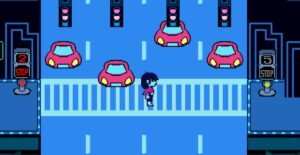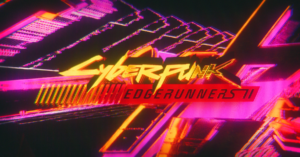What happens when you feed AI nothing

If you stumbled across Terence Broad’s AI-generated artwork (un)stable equilibrium on YouTube, you might assume he’d trained a model on the works of the painter Mark Rothko – the earlier, lighter pieces, before his vision became darker and suffused with doom. Like early-period Rothko, Broad’s AI-generated images consist of simple fields of pure color, but they’re morphing, continuously changing form and hue.
But Broad didn’t train his AI on Rothko; he didn’t train it on any data at all. By hacking a neural network, and locking elements of it into a recursive loop, he was able to induce this AI into producing images without any training data at all – no inputs, no influences. Depending on your perspective, Broad’s art is either a pioneering display of pure artificial creativity, a look into the very soul of AI, or a clever but meaningless electronic by-product, closer to guitar feedback than music. In any case, his work points the way toward a more creative and ethical use of generative AI beyond the large-scale manufacture of derivative slop now oozing through our visual culture.
Broad has deep reservations about the ethics of training generative AI on other people’s work, but …
You may be interested

La Roche-Posay’s hyaluronic acid serum is perfect to use after facials
new admin - Jul 06, 2025French beauty enthusiasts must have heard about La Roche-Posay's Hyalu B5 Serum, a hydrating and anti-ageing serum that has been…

Thom Tillis’ exit shakes up the battle for the Senate as key races take shape
new admin - Jul 06, 2025[ad_1] GOP Sen. Thom Tillis’ surprise retirement announcement has shaken up not only North Carolina’s Senate race, but also the…

‘Emotionally charged’ film that left fans crying ‘several times’ | TV & Radio | Showbiz & TV
new admin - Jul 06, 2025A heart-wrenching drama that left viewers weeping is set to air on BBC Three tonight, and will be available to…
































